Whatever the vintner’s preference, there is no shortage of nuanced characteristics derived from the influence of barrel aging that can affect everything about wine, from mouthfeel and structure, to aromas and flavors
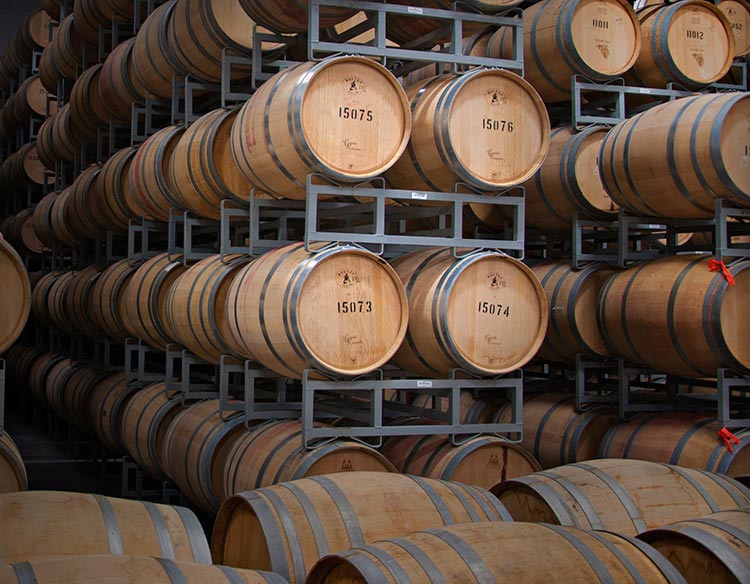
SWIRLING around tasting rooms often comes the chatter of the sublime, the elusive, and the elegant. “Hints of this,” or “a scent of that,” and an off-handed comment about the “approach has vanilla on it” can be heard whispered among the novice and the veteran—the first-time sipper, or the club member who is four-vintages into this particular vertical and is looking for nuance.
Inevitably though, these conversations aren’t just about the juice, the grape or even the terroir. The character of the barrel is being swirled about as well and it is, after all, the barrel that provides many of the characteristics in question. Oak and its many-faceted properties, and what they bring to a bottle of wine, are as endlessly fascinating as the vintage, the fruit and the vineyards themselves. So, French or American? Hungarian? Toasted? Neutral?
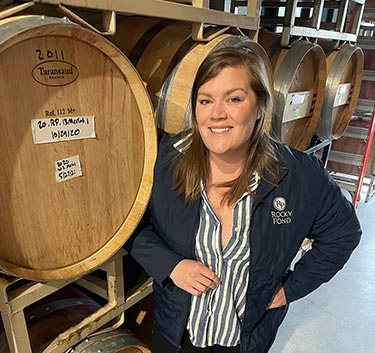
Washington Tasting Room asked four winemakers what they see as integral to their oak and barrel programs, and the answers are as interesting as the wines themselves.
For most winemakers, what barrels and oak do to the wines is more about structure, mouthfeel and character rather than simply flavor. Elizabeth Keyser, winemaker at Rocky Pond Estate Winery in Orondo, said she uses predominantly French barrels for her wines. “Our estate vineyards are so distinct and loaded with character, I prefer to let the vineyard expression be the driver for flavor and let oak help with mouthfeel and structural components,” she says. “Oak selection is very important. For our program we look to integrate oak for sweetness, length, and structure—not to impart flavors or change aromatics of wine,” she says.
Emily Parsons of Eagle Harbor Wine Co. on Bainbridge Island said it is the use of French oak that gives her the same kinds of characteristics. “I got rid of all the American oak in my barrel program because I did not like the flavors of coconut and vanilla, which they imparted to the wine,” says Parsons. “The oak I use enhances the body of the wine, softens the mouthfeel, lengthens the tannins to smooth them out and the slow oxygen integration brings out secondary and tertiary flavors in the wine.”
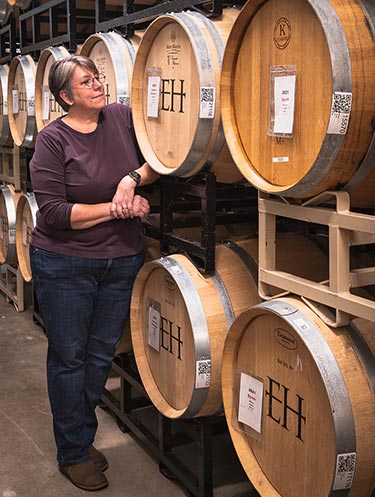
Rocky Pond’s Keyser agrees that micro-oxygenation in barrels is important to the overall profile. “What I love specifically about oak aging is the small trickle of oxygen,” she says. “When coupled with extended lees-aging, oxygen helps tannin evolve and integrate allowing the wine to build midpalate weight, density, and length over time.”
Parsons also prefers more toast on her barrels. Whereas many winemakers, including Keyser, use a medium or medium plus toast, Parsons uses “H toast” or heavy toast for most of her barrels. “Heavy toast on barrels actually imparts less ‘oakiness’ to the wines, but still brings out the flavors I desire so I tend to use more H toast barrels. I vary whether or not I use toasted heads.” Toasted heads are the caps, the end of each barrel. Some are toasted along with the rest of the inside of the barrel, and some are not, depending on preference.
It is that kind of preference, of course, that each winemaker uses to create the wines they want. The type of oak, the toast that was imparted, and the size of the barrel (most are 59 gallon barrels, but that’s not a fixed size. There are a lot of barrel sizes, and they’re customizable as well, both smaller and larger).
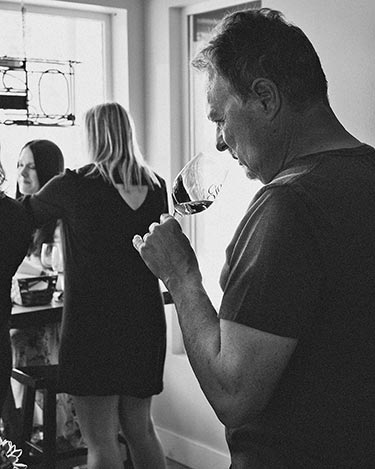
Ray Sandidge of C.R. Sandidge Wines in Manson uses a mix of innerstave barrels. This is a process whereby a neutral barrel is inserted with oak staves from different selections. It is considered a sustainable practice and while some winemakers eschew it, Sandidge says it makes good sense. “The product provides us with the desired flavor, aroma profile and mouthfeel,” Sandidge says. But along with its obvious ability to impart the desired structure, Sandidge says it helps protect forests. “There is a tremendous amount of each barrel-oak tree which is not able to provide stave-wood for barrel making. Innerstave changes that scenario entirely by utilizing more of each tree, thus placing less pressure on our forests worldwide to provide wood for winemaking.”
Along with some French barrel innerstaves for wines like Dolcetto, Merlot and Cabernet Franc, Sandidge says he uses American Oak from Virgina for his “large and in-charge wines,” as he calls them; wines like Cabernet Sauvignon, Syrah and Petite Sirah. “I mainly use the French cooperage Nadalié’s three-year air-dried Virginia oak barrels,” says Sandidge. Nadalié is a French cooperage founded in the Napa Valley in 1980.
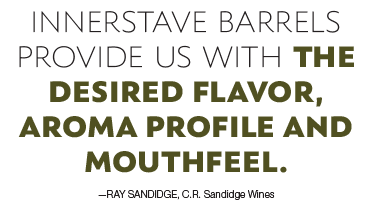
“With both forest selections, French and American, we seek that beautiful combination of sweet vanilla bean, roasted coffee bean, graham cracker and caramel aromas and flavors imparted to our various red wines. With the American oak, we also achieve a bit of toasted coconut which is very desirable.”
Ashley Stephens, winemaker at Mercer Wine Estates headquartered in Prosser, is convinced that barrels bring a bit of consistency to the process as well. “We have tried many different coopers and styles over the years to really dial in a consistent final product. We try to not cover the fruit expression from the Horse Heaven Hills terroir. Our goal is to add layers of complexity to mouthfeel without masking our estate AVA fruit,” she says.
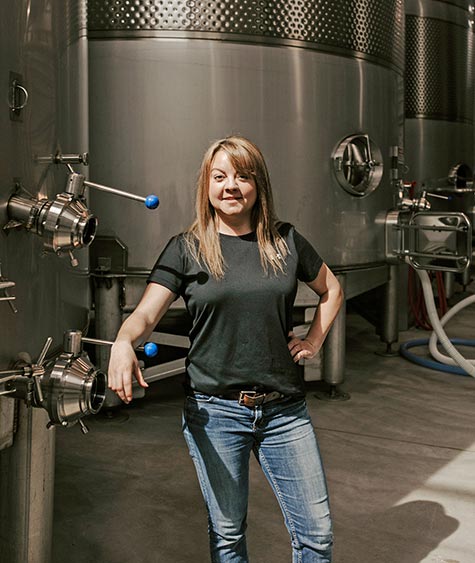
Stephens says that even though the fruit and terroir are kings, she likes to add hints of baking spice and vanilla to most of their red wine barrel programs. “It could be a recipe we go by, but each vintage expresses itself with challenges and successes. So blending can be different vintage-to-vintage and we really work around that to create the best finished product with similar attributes from the previous vintage,” says Stephens.
Whatever the vintner’s style, there is no shortage of nuanced characteristics derived from the influence of oak that can affect everything from mouthfeel and structure, to aromas and flavors—depending on the toast on the barrel, the forest where the barrel grew and even the amount of micro-oxygenation that the barrel provides.
